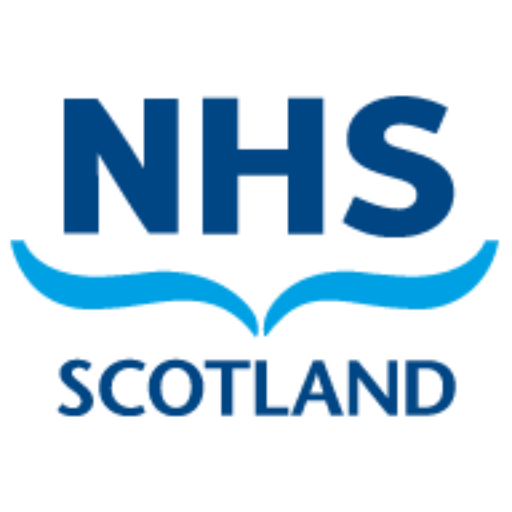Visual Impairment Scotland (VIS) was established following a successful bid for NHS Scotland Innovation Funding for Children’s Services in 2001. VIS developed the UK’s first non-formal notification system of children with visual impairment and in so doing addressed three key areas:
- The establishment of a parent-led accurate record of visually impaired children in Scotland and their needs.
- The creation of a system to deliver a comprehensive information and signposting service to Health Boards, Local Authorities and the parents of visually impaired children and the professionals who support them.
- The lessening of the sense and feeling of isolation which is experienced by many visually impaired children and their families.
Between March 2001 and 2014, VIS captured information about more than 1,300 children. This information included details of the child’s vision, the support they receive in school and other information necessary to provide support to them. The project required the collaboration of parents, children, ophthalmologists, paediatricians and teachers so that the notification of children to a central location (University of Edinburgh) could take place.
VIS also developed a range of services for children with visual impairment and won The Computing Industry ‘Special Ability Award’ for the development of the UK’s first chatroom specially for young children with visual impairment.
The VIS project highlighted that there were many professionals from health, education, social services and voluntary agencies providing services for visually impaired children and their families. It was apparent that individual professionals were providing valuable services, but were doing so mostly independently of other agencies, and, although ad hoc referrals between the agencies were being made, there was no formal, agreed interagency referral pathway. This often resulted in overlap and duplication of work, with parents at times feeling overwhelmed by the number of professionals involved. At other times there were gaps and delays in services being provided.
In response to these issues, the Children’s Visual Impairment Services Tayside Agencies (CVISTA) teams were initiated in Tayside in 2003. This was following successful bids to the Scottish Executive Changing Children’s Services Fund in the three local authority areas of Tayside. The CVISTA teams comprised professionals from Health, Education, the local Visual Impairment Societies and national and local voluntary agencies including RNIB Scotland and Guide Dogs. The teams worked in partnership with parents to agree local interagency referral pathways from the time visual difficulties were identified, and also a process of coordinated interagency assessment and review of the needs of the individual child resulting in an interagency CVISTA plan which was incorporated into the child’s education plan.
In 2004, the Deputy Minister for Health and Community Care announced a Review of Eyecare Services in Scotland. As part of this a group was established to look in detail at eyecare services for children, and to make recommendations for change.
These recommendations included the need to:
- Establish minimum standards for interagency cooperation to meet the needs of children with visual impairment. The CVISTA scheme in Tayside was identified as an example of good interagency practice and it was recommended that the principles underlying the CVISTA model be applied across Scotland.
- Establish minimum standards for the numbers of specialist staff deployed for a population of visually impaired children.
- Clarify how equipment and low vision technology is accessed.
- Ensure equal access to leisure services for children with visual impairment.
- Ensure mobility and independent living skills is taught to children with visual impairment, starting in the preschool years.
- Ensure any new certification and registration system makes sense in terms of the needs of children and young people, rather than being just an extension of the adult system. A national system of notification should be considered (along the lines of VIS).
Following publication of the review in 2006, Scottish Government funding was made available to local health boards to take forward the recommendations of the review. Uptake and action on this was variable, with significant developments being made within some Health Board areas and no change within others, and there continued to be variation in services being provided to visually impaired children and their families across Scotland.
In 2012 the national group of Visual Impairment Paediatricians (VIPS) linked with all other interested bodies and then approached NHS National Services to propose a national managed clinical network for children and young people to promote equality of services and to improve the care for children and young people with a visual impairment across Scotland.
The Visual Impairment Network for Children and Young People (VINCYP) Network was subsequently designated in April 2014 and to this day it involves professionals working in health, education, social work, parents and carers of children and young people with a visual impairment and voluntary sector organisations.
